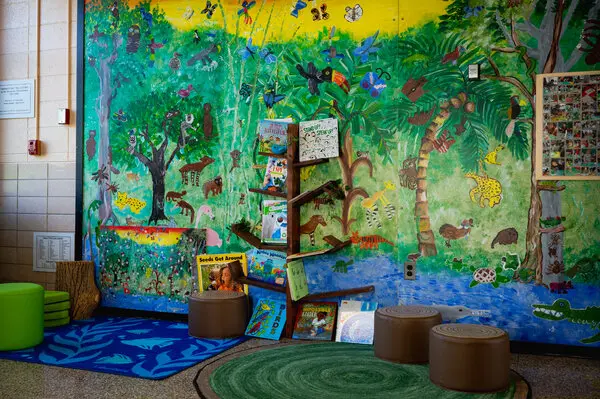By: Hans Wu
New Jersey is the first state to require that climate change should be taught in all grade levels. A teacher at Slackwood Elementary School north of Trenton, N.J., asked her students to think about this issue: “Antarctica is getting warmer. What could the penguins that live there do to adapt?” Some students said that they should migrate to a colder area, like the U.S. in the winter, others say that humans should build igloos for them. A girl proposed an interesting idea of letting penguins live in our fridges. It is hard to teach little kids about climate change since they are young and sometimes don’understand the meaning of it, but there are still ways to teach them without shielding too much information. “It’s perceived as such a heavy topic, as something we have to wait to talk about until they’re older,” said Lauren Madden, a professor of elementary science education at the College of New Jersey who researches and offers guidance on the implementation of the standards of teaching climate change. “When we shield them from so much, they’re not ready to unpack it when they learn about it, and it becomes scarier than when they understand they’re in a position where they can actively think about solutions,” Dr. Madden said. “When you take kids seriously that way, and trust them with that information, you can allow them to feel empowered to make locally relevant solutions.” If we use this way to teach children about climate change, they can understand how it works and how we can prevent it. With everybody helping to prevent climate change, the earth can be healthier and provide us with a better environment.
Even though most of the younger kids understand less than most adults about climate change, it’s still important to teach them basic knowledge so that they can have a vision of how it works and how we can prevent that from happening.











